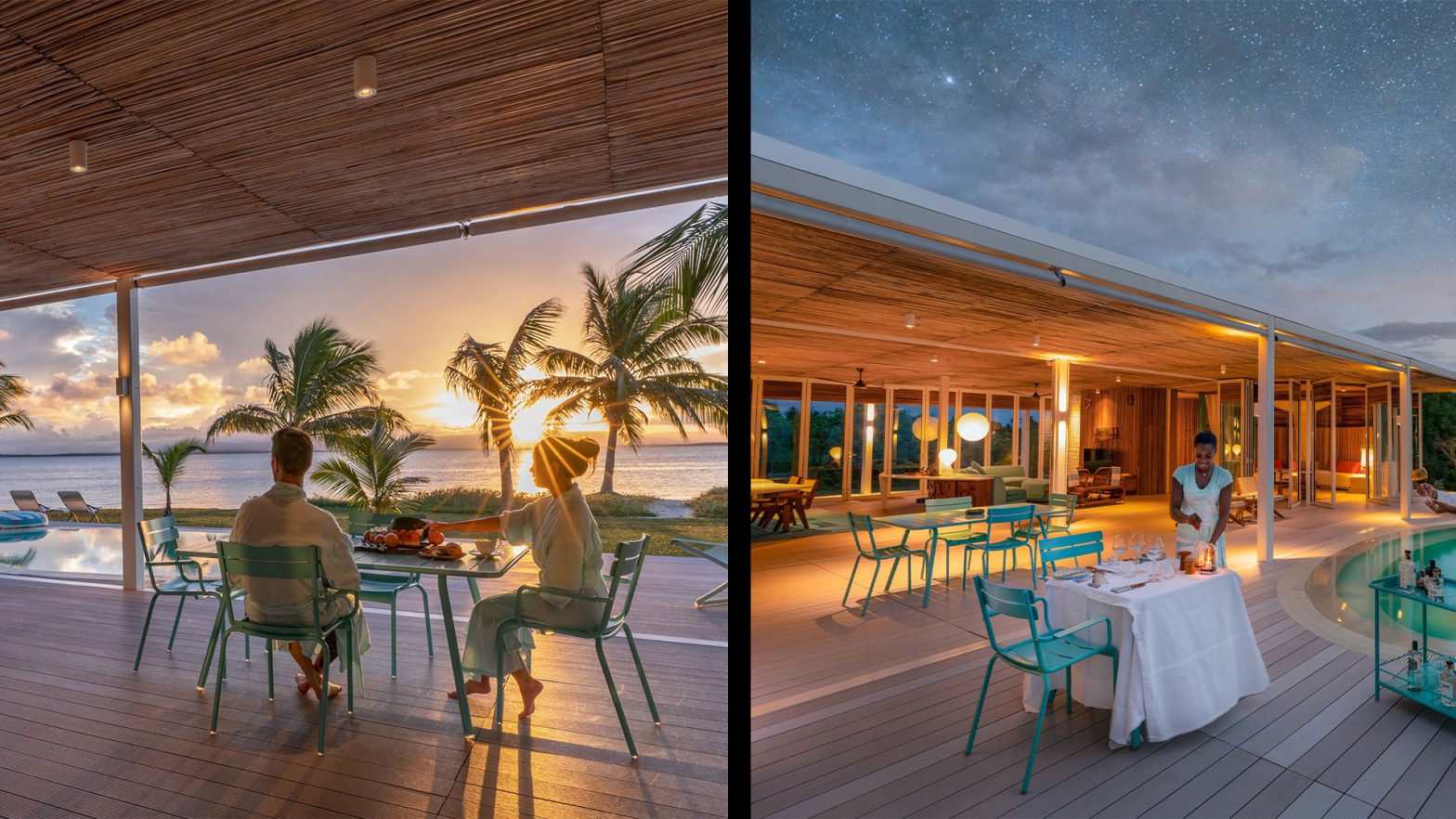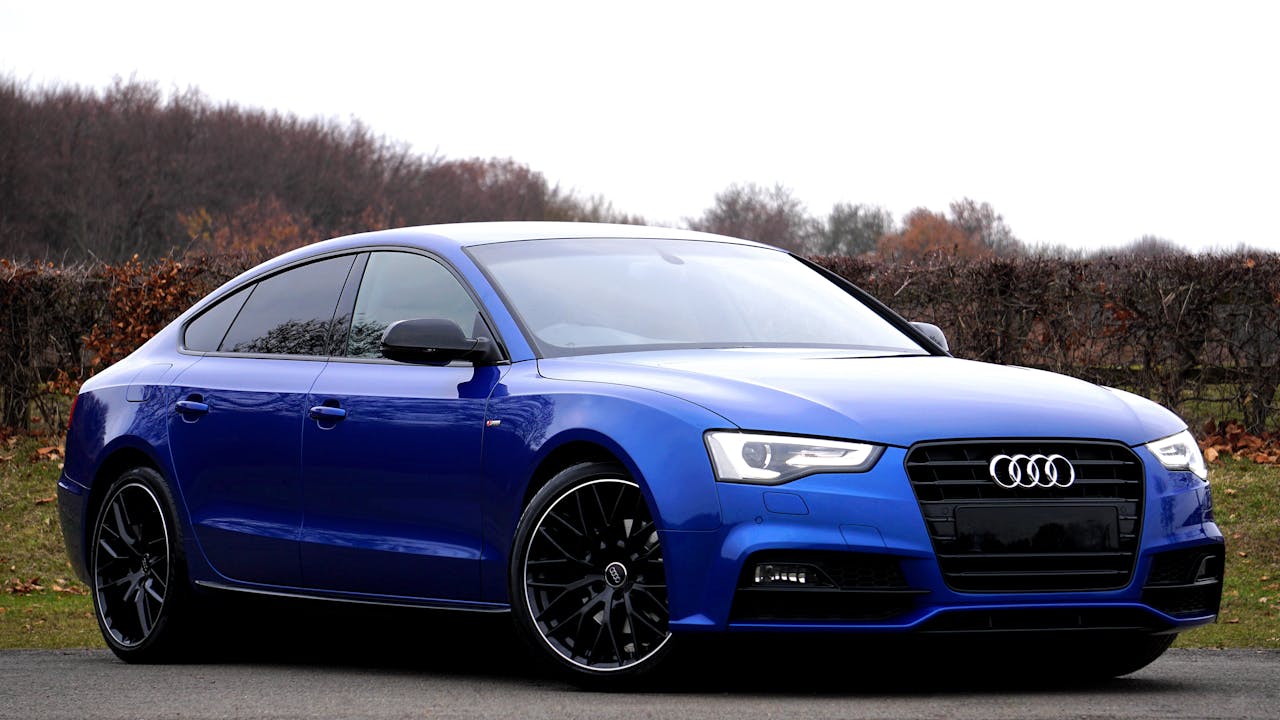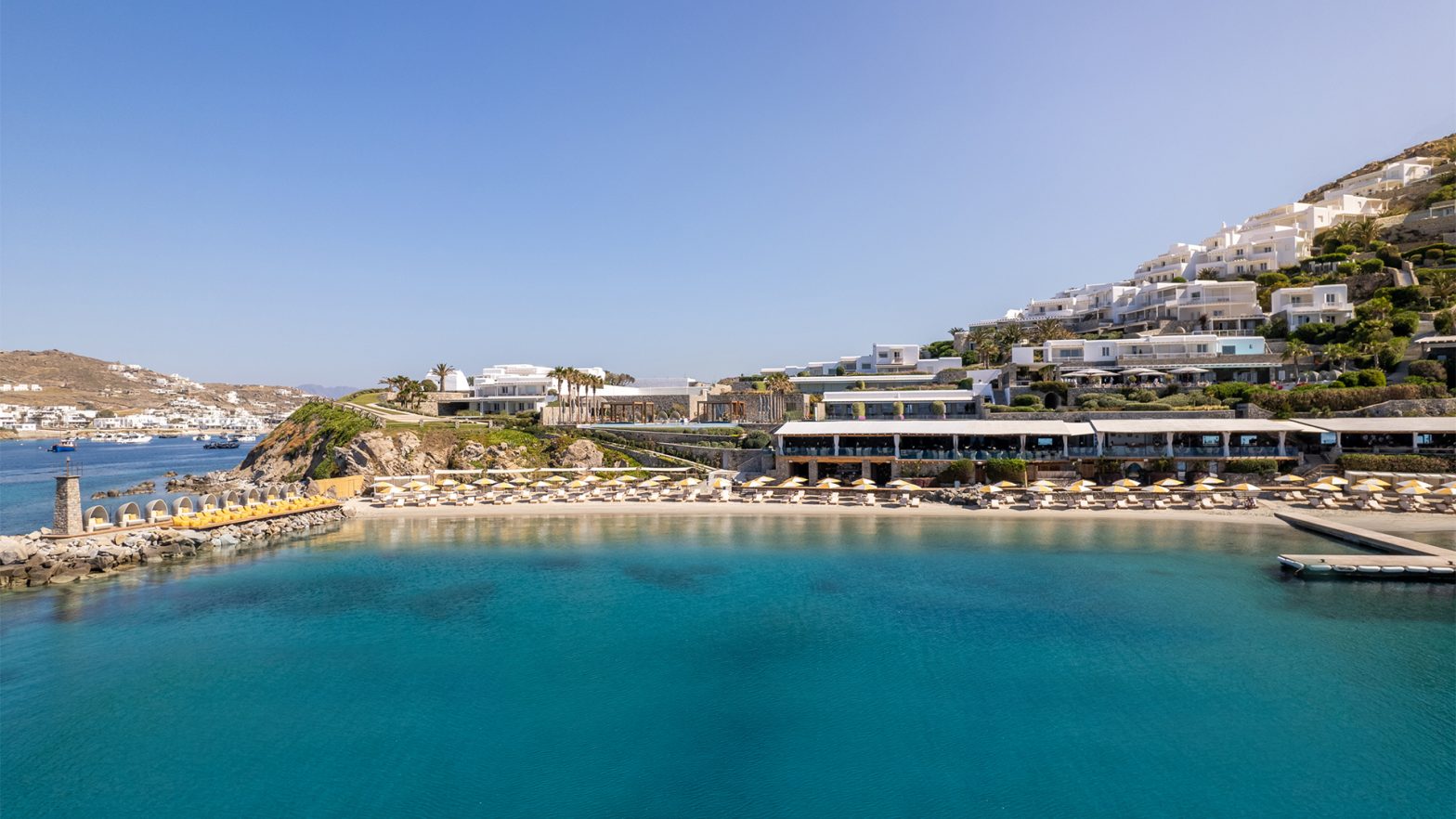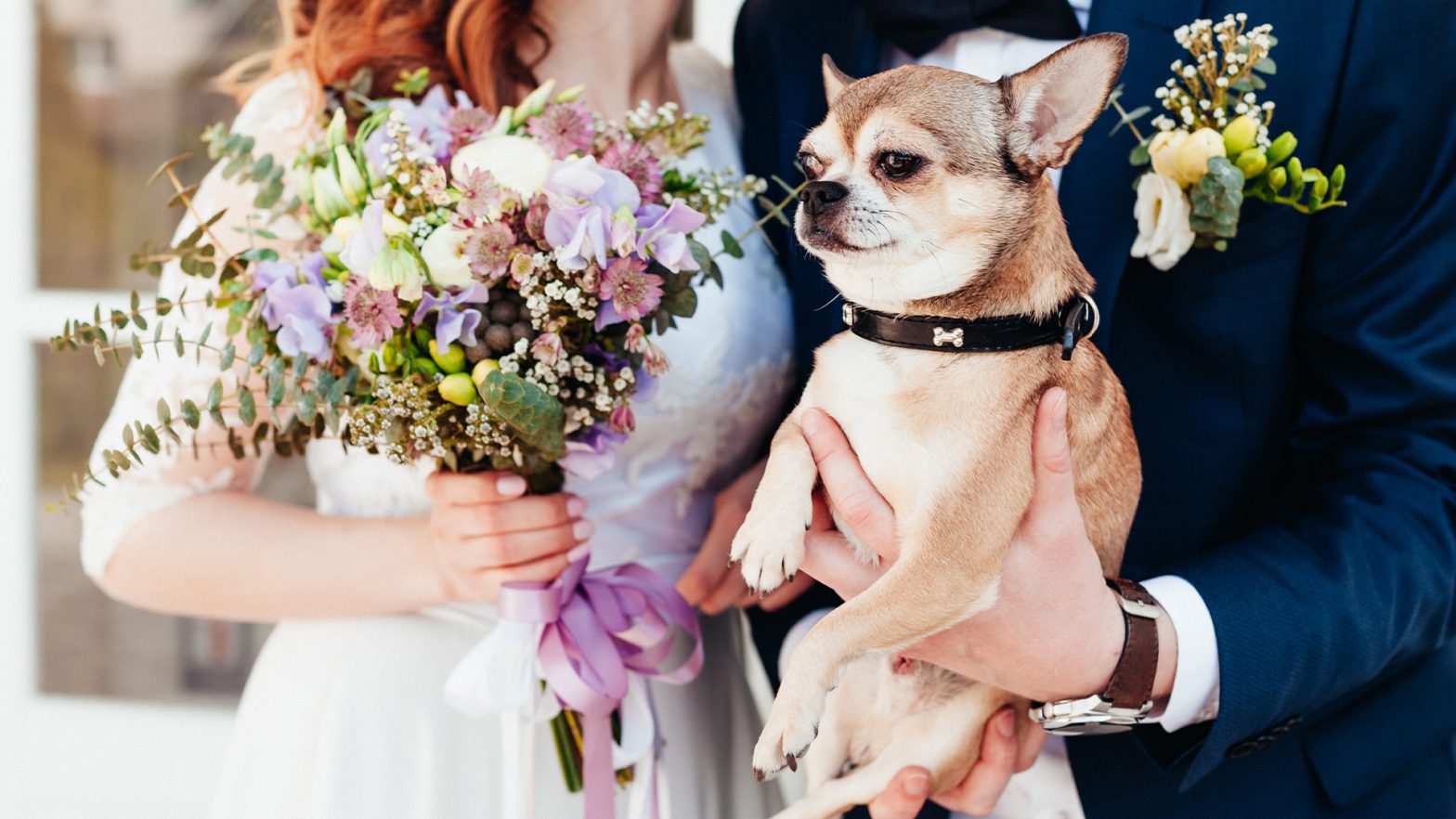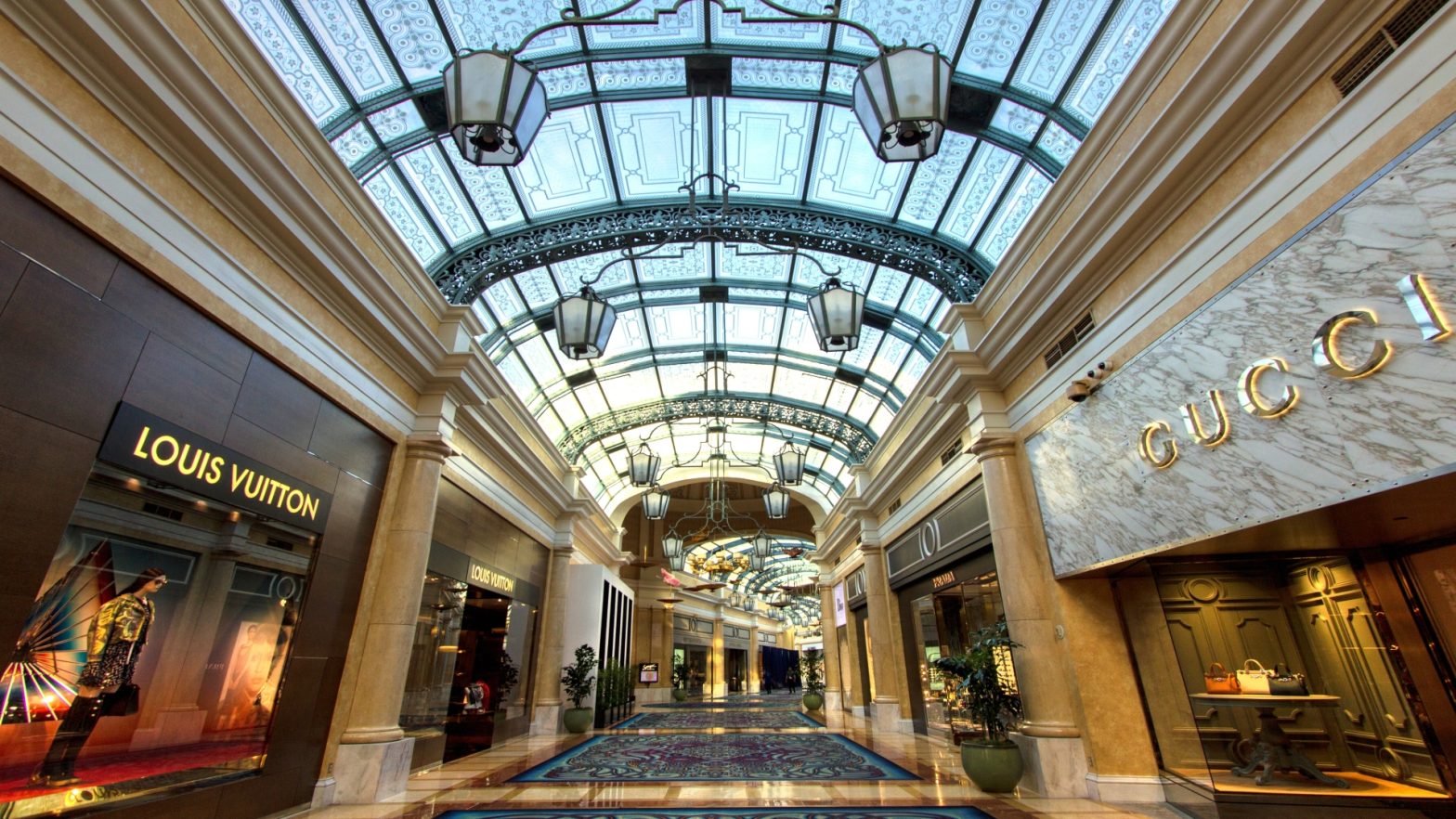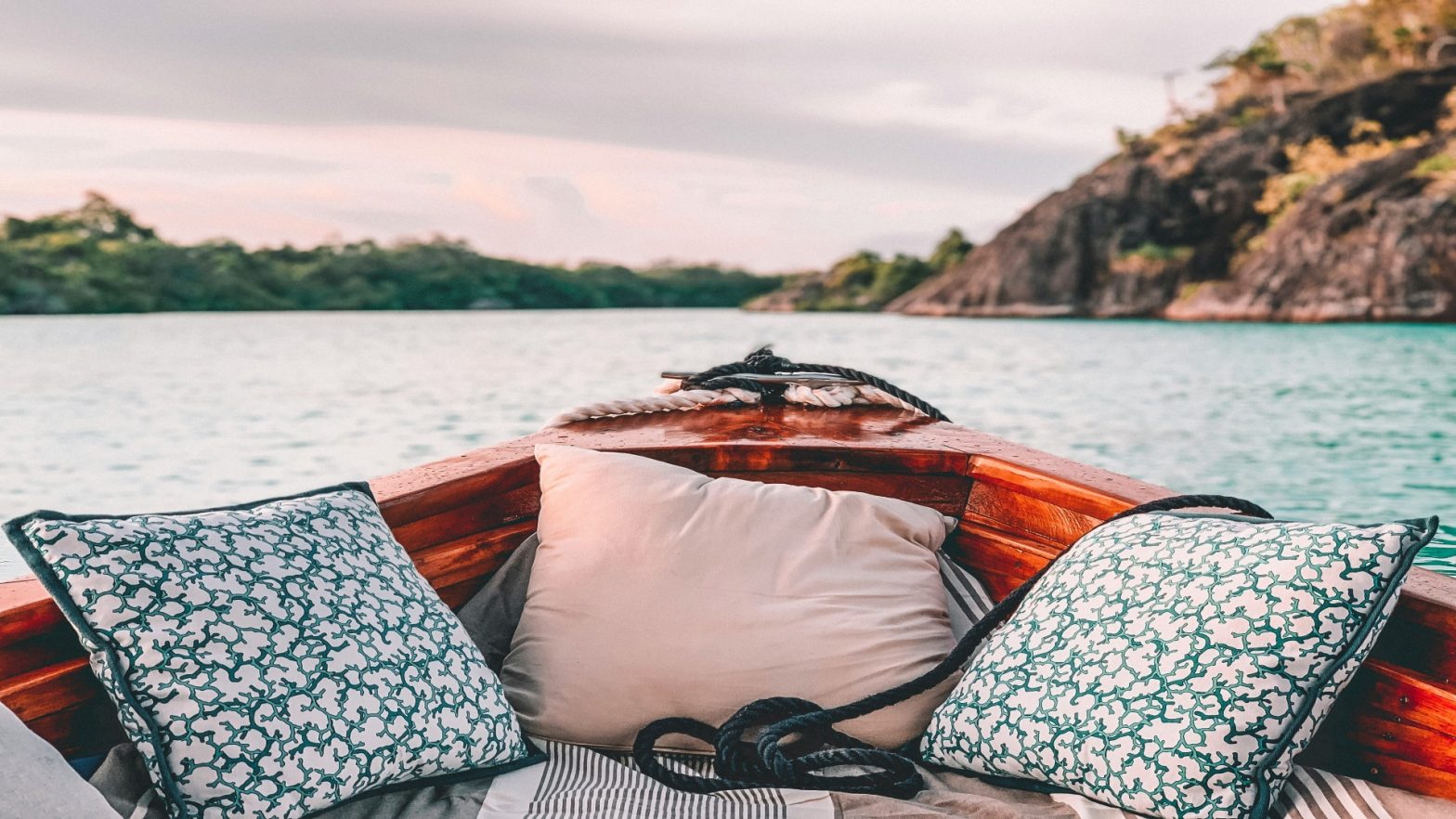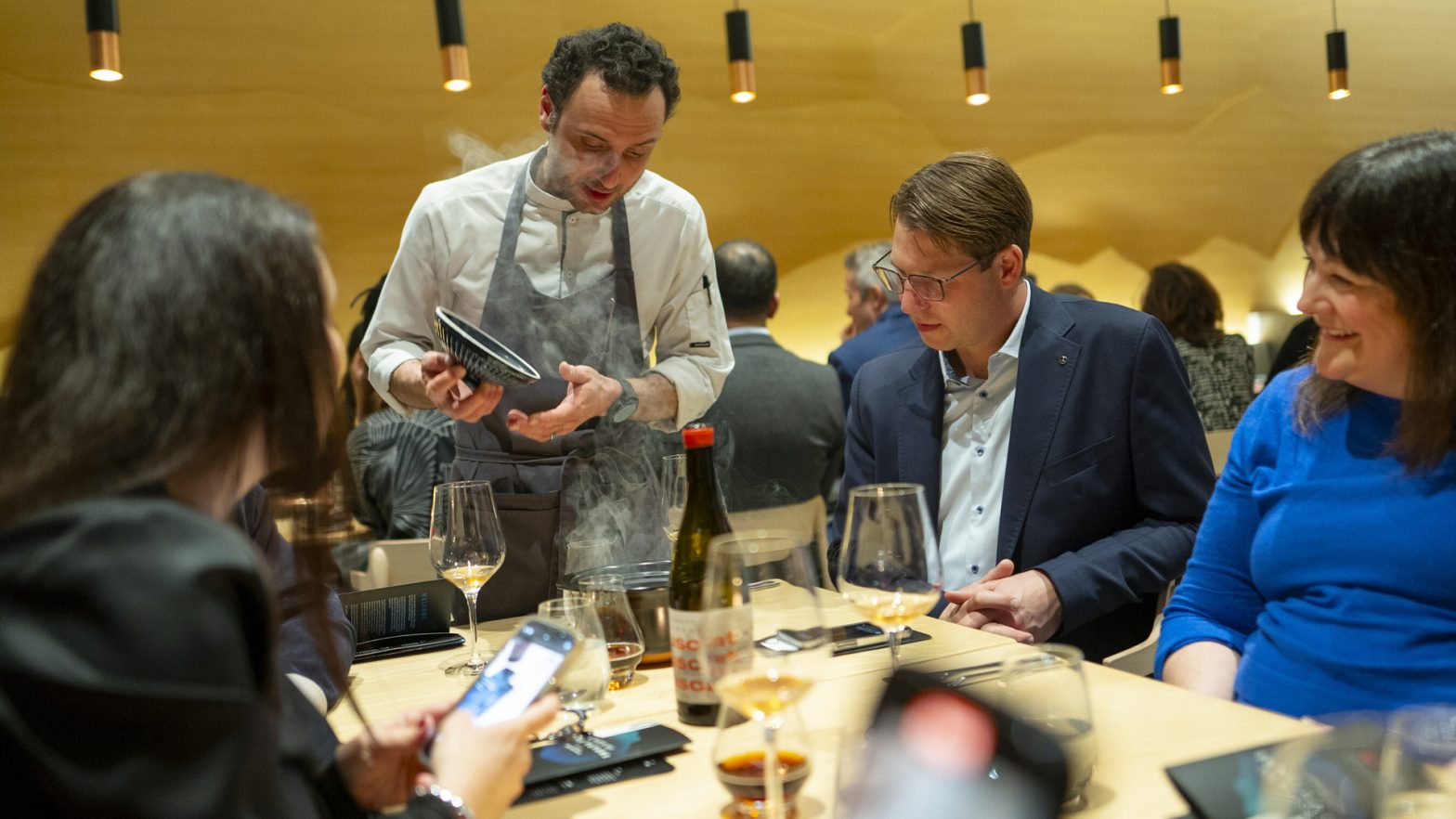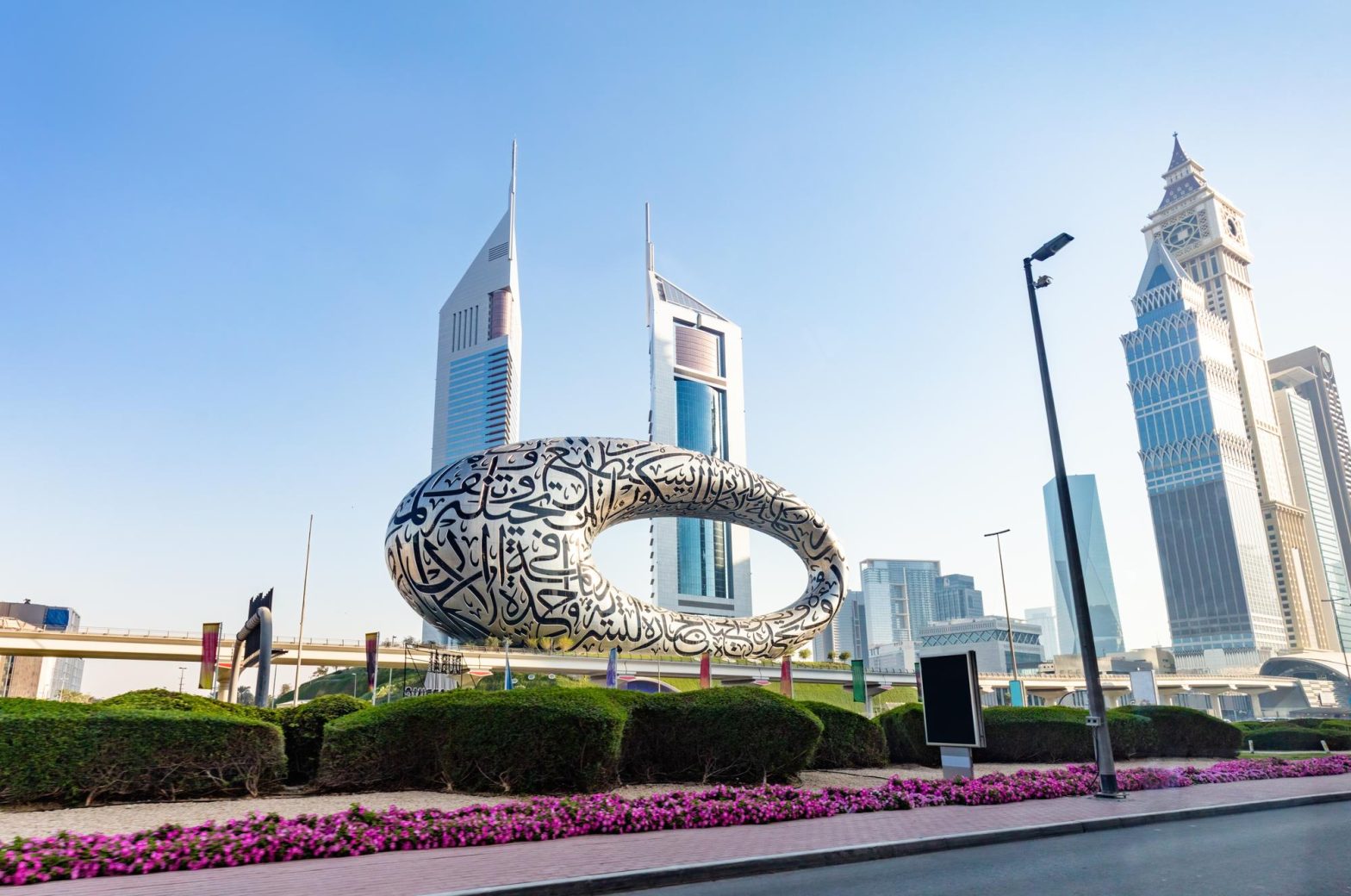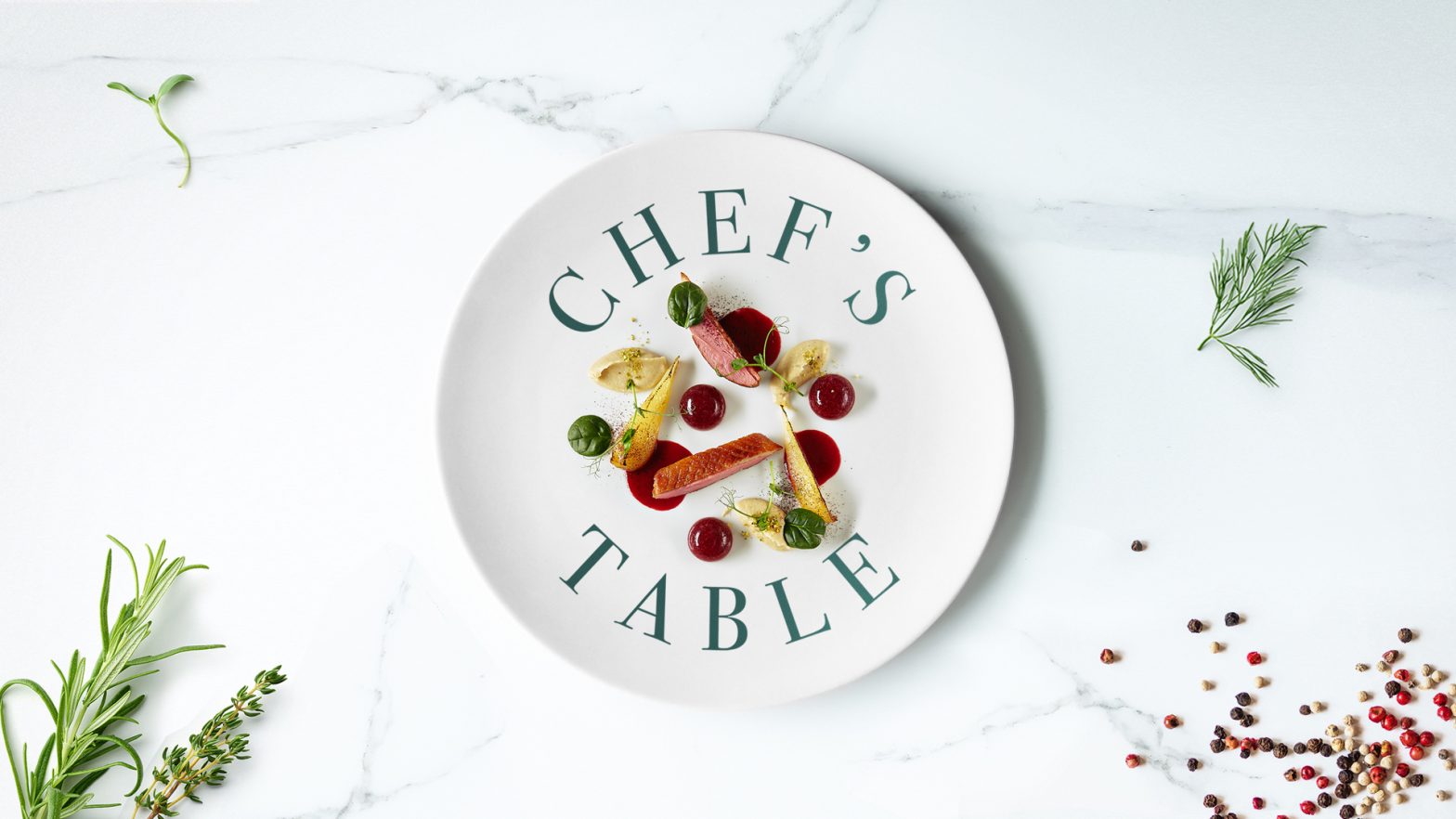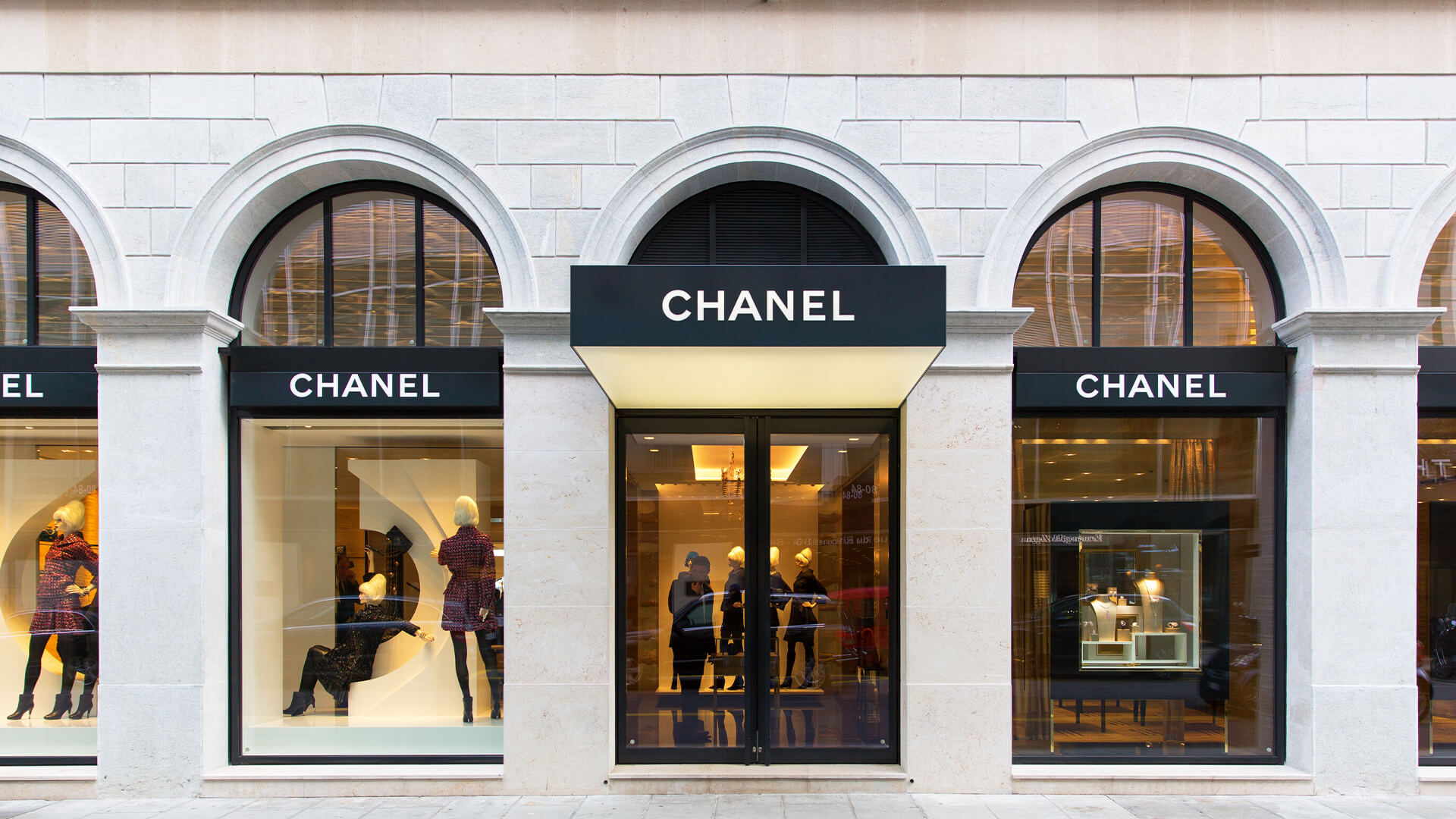
Dominant as a bricks-and-mortar retail arena, with globally renown stores like Harrods, Tiffany & Co and Fortnum & Mason, the luxury industry has drastically needed to adapt during the pandemic. But, in a bid to survive in turbulent times, has the immediate shift to online seen a certain diminishing of the expense and elitism that once narrated the term ‘luxury’?
With the digitalisation of notorious Fashion Weeks, the rise in rental and resale luxury and the birth of the conscious yet convenient consumer what was once only available to a certain demographic is now a widened playing field for those with luxury aspirations.
Robert Lockyer, founder and CEO of Delta Global, a sustainable packaging solutions provider for luxury fashion brands such as Tom Ford, Coach and MatchesFashion, stresses that a new strategy is required for luxury to re-establish itself, remaining upmarket and online, without moving backwards.
In many ways, the distinctives of the luxury fashion industry was derived by the exclusivity and simplicity of the one-on-one in-store service. But with the pandemic came a force to evolve to the digital landscape.
With that, the luxury industry has had to adapt to livestreaming, an offering of exclusive virtual events, as well as factoring in the introduction of VR technology and immersive ecommerce experiences to produce virtual and personalised results for its consumers.
As consumers got eco-friendly and the fashion industry was made to act on overstocking, building a zero-waste and resale strategy, sustainability has somewhat expanded luxury’s audience to those with similar aspirations, but not the financial wealth. However, for some brands such as Chanel, these new tactics have been considered as alienating the wealthy consumer and the true value of high-end luxury.
Due to the shutdown of a season the industry had already suffered a huge loss, meaning many luxury brands had to increase their prices to soften the blow of decreased profits. But what must come with an increase in price is an education and upsell of better innovation, craftmanship and exclusivity – if a company is investing in sustainable material sourcing or re-purpose functionality for the user then this must be desired and interacted with by them.
It’s important to note that this isn’t about moving backwards – luxury doesn’t want to ‘get off the internet’ and revert to its roots. Instead, it must adapt to new consumer agendas, remember, as the pandemic has forced remote working and the inspiration of new business models and independent self-starter companies, there is equally a new pool of wealthier target individuals who conversely still need digital connectivity from a brand.
Luxury must see the resale and second-hand industry as an added value agenda, rather than lose this value, partnering with the likes of mystery luxury boxes like HEAT, for instance, could see you make a profit on end-of-line and overstocked goods. Alternatively, building their own subsection in the way that Farfetch has done would also enable the brand its own control over pricing.
Personal, rarefied and luxurious packaging
The one thing you can do to ‘get off the internet’ and give a personal, luxurious experience is invest in your packaging. This will give a timelessness of luxury, a personal experience, the theatre of feeling like the brand cares only for you, the unique portrayal of ‘aspiration’ and ‘achievement’.
A great example of this is scannable QR codes, which can allow you to create a customised journey for consumers, whether that’s taking them to a style guide, providing them with inspiration in the form of look books, or giving them a personal message from the owner.
On the topic of personal messages, instead of using paper receipts as a way to get in a “thanks for purchasing message”, take advantage of inbox messaging instead.
While consumers are probably growing weary of an inundated email inbox, email marketing is far from dead. Customers always look for their ‘Order Receipt’ so why not make this the most exciting email offering – incorporate a video ‘thank you’ and interactive stylist to pair off their newly purchased item and make sure to include returns labels away from the packaging – to actively reduce the amount of waste you send to their doors.
Furthermore, outer and exterior design should wow every person it meets along the delivery process – it must make the customer want to rip it open yet preserve the beauty of the box. It must also be social media savvy – influencers of today should want to feature the box as much as the product itself throughout their Instagram stories, reels and social media feeds.
On a sustainable front, the box should be considered a reusable product in itself. For example, could your product packaging cleverly convert into a luxurious magazine rack, phone stand, or a desk tidy? The user must want to keep it in their homes for longer and prolong its original lease of life.
Following on from the endurance of the packaging, the longevity of your products is incredibly important, with timelessness being key. Diversity should also be considered, such as how a gold-plated handbag handle could disconnect to then become a luxurious bracelet, for example.
Off the back of this, product innovation can not only help to improve the longevity of a product, but it can also positively contribute towards sustainability goals for both consumers and brands. Consider how Carolina Herrera diversified its lipstick range – the refillable containers became accessory based keyrings to add a new dimension to the users every day.
Make your customers feel valued
In a time where value and appreciation are needed more than ever, brands should be taking every opportunity to reassure their customers that they’re important. With that being said, there are a few effective ways to both digitalise your luxury business offering while giving your customers a little extra something.
For example, consider offering exclusive access to virtual events for the purpose of announcing and showcasing new items. Here, brands must consider their platinum rated customers and give them the opportunity to be the ‘first in the know’, which can help to make them feel closer and more connected to a brand, and ensures their advocacy is being acknowledged.
Another way to show appreciation to your customers is through your branding. Take Tiffany & Co., for example, and how their iconic shade of blue is an association the entire world makes with the brand. They went as far as to splash taxis with it and build a London based café that was an instagrammable haven for luxury fans.
By using your branding to create an additional experience for your customers, you can therefore demonstrate your willingness to go the extra mile.
While investing in new materials and sustainability will add to a brand’s costs, it’s important that the customer knows why the price tag is there. It has been proven that customers will prefer to pay more if they feel they get something extra out of it, such as a versatile product or personal experience, while knowing the cause is to ensure the greening of our planet. In fact, 57% of UK shoppers are willing to pay more to address their environmental concerns.
Finding a harmonious balance between opulence, sustainability and digitalisation is a collective goal that all luxury brands should be aiming to achieve, especially as we emerge into a new post-pandemic world.








